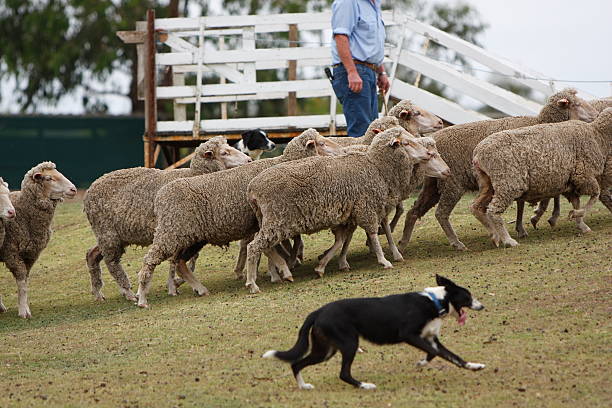We know all too well when dealing with livestock that extra safety measures could be taken but time just doesn’t seem to allow for it.
That being said, there are countless reasons why you should make the extra time and the number one reason is you.
Your livestock are vaccinated to protect against a variety of diseases, but how much thought goes into protecting you and your employees from zoonotic diseases, those that can pass from animals to humans?
They can be transmitted from a range of animals including wildlife, livestock and even household pets.
Some of the well-known zoonotic diseases involved in livestock production include Q fever, Leptospirosis, Anthrax and E.coli, to name a few.
The most common causes of infection include:
– Breathing in tiny particles when coming into contact with animals or carcass. These tiny particles can be found in the dander of an animal or in the bone dust when opening a carcass.
– Coming into contact with bodily fluids such as urine, faeces, saliva and birth fluids. This can be through direct contact, such as helping an animal to birth, or coming into contact with water or soil contaminated by the animal.
Table1: Common diseases that can cause serious health problems in humans. Source: MLAs More Beef from Pastures and Making More from Sheep.
| Disease | How it spreads | Common signs in people |
| Leptospirosis | Urine contamination with skin or mucosal surface | Headache, chills, fever, muscle pain malaise, inflamed throat/pharynx |
| Q fever | Inhalation of aerosols and dust | Headache, chills, fever, muscle pain malaise, coughing, vomiting |
| Anthrax | Respiratory, ingestion or local through break in skin | Respiratory or gastrointestinal forms has very high mortality rate as doses local skin infection if left untreated |
| Salmonella | Faeco-oral route | Acute watery/blood flecks diarrhoea, fever, headache |
| Ringworm | Direct contact with skin or from cattle handling equipment | Dry, reddened skin, hair loss, inflamed skin |
| Hydatids | Humans ingest hydatid tapeworm eggs from dogs; people can become infected from cysts in sheep | May not be obvious for some time but signs depend on where cysts occur |
It’s important to have simple preventative measures in place to reduce the risk of contracting a zoonotic disease. Think about the livestock you run and identify which diseases could pose a risk.
How effective are your practices around:
– personal hygiene such as washing hands, not eating or drinking in the yards or shearing sheds
– wearing appropriate personal protective equipment to prevent contact with infected animal material when undertaking certain tasks
– avoiding contact with a carcass if death occurs suddenly or under suspicious circumstances
– vaccinating at risk livestock, yourself and employees?
You should seek medical advice with all diseases or suspected disease outbreaks.
Visit www.lhbv.org.au for a range of animal health and biosecurity resources.
